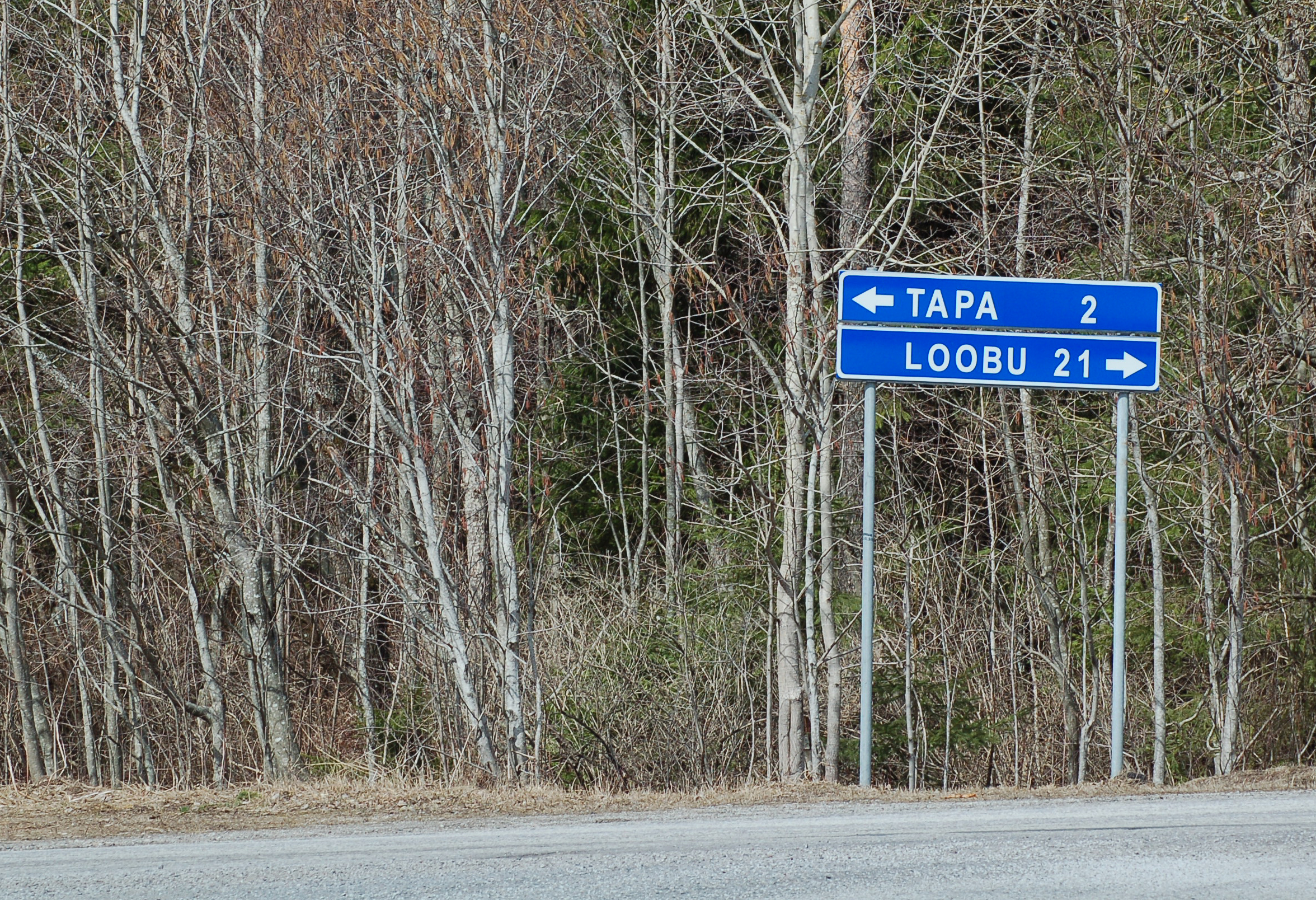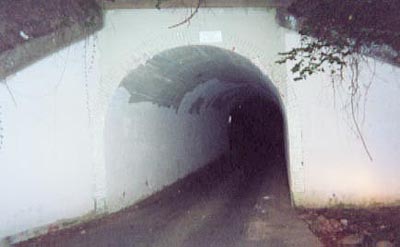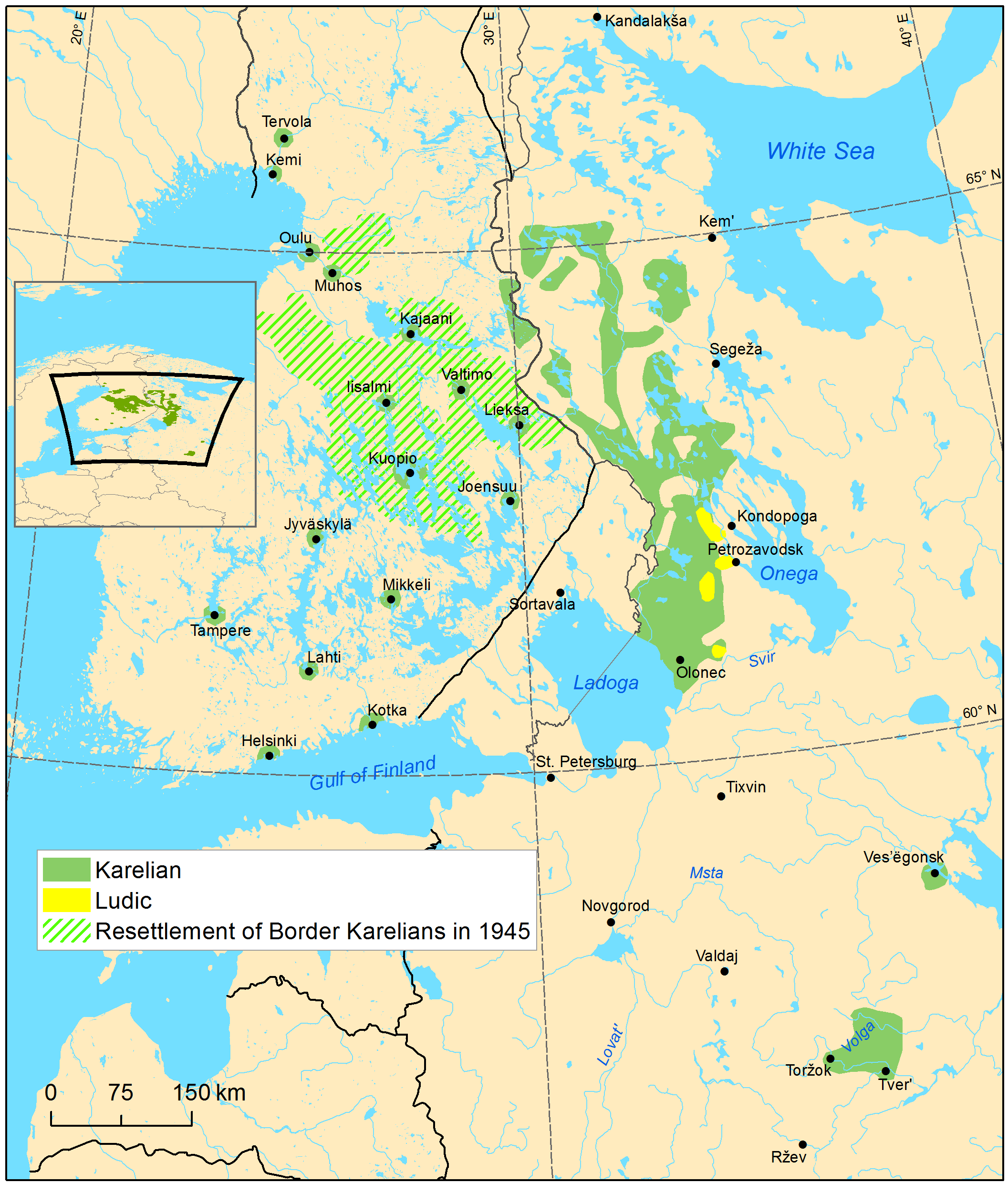|
Tapa, Estonia
Tapa is a town in Tapa Parish, Lääne-Viru County, Estonia, located at the junction of the country's Tallinn–Narva (west–east) and Tallinn–Tartu– Valga (north–south) railway lines. Tapa has the Estonian Defense Forces nearby Keskpolügoon. The Valgejõgi River passes Tapa on its northeastern side. Tapa has been known as both a railway and a military town throughout its history.Harri Allandi, ''The Armoured Train Regiment's Base in Tapa in Words and Pictures: 1923-1940''. Estonian:''Tapal Paiknenud Soomusrongirügement Sõnas ja Pildis 1923-1940''. Tapa, 2007. Tapa developed as a village in the 13th–14th centuries. It was first mentioned in 1482 and the Tapa knight manor () in 1629. Tapa was officially recognized as a town in 1926. In October 2005, the town merged with the municipalities of Lehtse Parish, Saksi Parish, and Jäneda Parish to form Tapa Parish. Etymology The etymology of Tapa is uncertain. The name of the town may come from the older form of ... [...More Info...] [...Related Items...] OR: [Wikipedia] [Google] [Baidu] |
List Of Cities And Towns In Estonia
The following is a list of the 47 cities and towns in Estonia. Before the Republic of Estonia became an independent nation in 1918, many of these locations were known in the rest of the world by their German names, which were occasionally quite different from the ones used in the Estonian. During the 1944–1991 Soviet occupation of Estonia, placenames were transliterated into Russian ( Cyrillic alphabet) in the Soviet central government's documents, which in turn led to the use of several incorrect back-transliterations from Russian (Cyrillic) alphabet into English (and other Latin alphabets) in some English-language maps and texts during the second half of the 20th century (for example, incorrect ''Pyarnu'', ''Vilyandi'', ''Pylva'', instead of the correct Pärnu, Viljandi, Põlva). Tallinn is the capital and the most populous city of Estonia. There are 46 other ''linn'', i.e. cities and towns in Estonia (as of 2022). The Estonian word ''linn'' means both 'city' and 'town'. M ... [...More Info...] [...Related Items...] OR: [Wikipedia] [Google] [Baidu] |
Keskpolügoon
Keskpolügoon or the Central training area is the main military training field of the six areas used by the Estonian Defence Forces. Defense Forces central training area covers and is located in the eastern part of the Kuusalu municipality in Harju County. It borders with three other rural municipalities: Kadrina to the east, Tapa to the south (both in Lääne-Viru County) and Anija Parish of Harju County to the south-west. To the west it borders the Põhja-Kõrvemaa Nature Reserve. Organization The Keskpolügoon is part of the Logistic center The Keskpolügoon operates the training area according to civil agreements with the local municipalities, plans, and organizes the combat firing exercises, prepares and carries out practical training in the use of the armed forces in accordance with the requirements. History During the Soviet occupation of Estonia, Central training area was part of the Soviet Army The Soviet Ground Forces () was the land warfare service ... [...More Info...] [...Related Items...] OR: [Wikipedia] [Google] [Baidu] |
Baltic Railway Company
The Baltic Railway Company (; ) was an initially private and later state-owned railway company in the Russian Empire which existed from 1868 to 1907. The railway company owned and operated a number of railway lines primarily in the Baltic governorates of the Russian Empire. The company's main line connected the Baltic ports of Reval (now Tallinn) and Baltischport (now Paldiski) with the Russian capital Saint Petersburg as well as the Saint Petersburg–Moscow railway. Today, the railway lines of the company are located in Estonia and Latvia, as well as in the Russian oblasts of Leningrad and Pskov. See also * History of rail transport in Estonia * History of rail transport in Latvia * History of rail transport in Russia Russia was and is the largest country in the world. Its geography of north–south rivers and east–west commerce, plus, importantly, the mostly flat terrain, made it very suited to develop railroads as the basic mode of transportation. Today R ... R ... [...More Info...] [...Related Items...] OR: [Wikipedia] [Google] [Baidu] |
Edasi Kommunismile
''Edasi Kommunismile'' (''"Forward for Communism"'') was a Soviet newspaper published in the Tapa Rayon, Estonian SSR The Estonian Soviet Socialist Republic, (abbreviated Estonian SSR, Soviet Estonia, or simply Estonia ) was an administrative subunit ( union republic) of the former Soviet Union (USSR), covering the occupied and annexed territory of Estonia ... between 1951 and 1962. The publication ceased when the Tapa Rayon was disestablished. The newspaper was published 3 times a week. There used to be an urban legend that the newspaper was published under the name Tapa Kommunist (in Estonian, "tapa" is also imperative form of "tapma" (''to kill'')), so the name would have meant either "''The Communist of Tapa''" or "''Kill the Communist''"; and that later the name was changed to Tapa Edasi, which would have meant either "''Tapa Forward''" or "''Keep Killing''". However, in real life, the paper was never published under these names. References Defunct newspapers p ... [...More Info...] [...Related Items...] OR: [Wikipedia] [Google] [Baidu] |
Urban Legend
Urban legend (sometimes modern legend, urban myth, or simply legend) is a genre of folklore concerning stories about an unusual (usually scary) or humorous event that many people believe to be true but largely are not. These legends can be entertaining but often concern mysterious peril or troubling events, such as disappearances and strange objects or entities. Urban legends may confirm moral standards, reflect prejudices, or be a way to make sense of societal anxieties. In the past, urban legends were most often circulated orally, at gatherings and around the Campfire story, campfire for instance. Now, they can be spread by any media, including newspapers, mobile news apps, e-mail, and most often, social media. Some urban legends have passed through the years/decades with only minor changes, in where the time period takes place. Generic urban legends are often altered to suit regional variations, but the lesson or moral generally remains the same. Origin and structure Th ... [...More Info...] [...Related Items...] OR: [Wikipedia] [Google] [Baidu] |
Folk Etymology
Folk etymology – also known as (generative) popular etymology, analogical reformation, (morphological) reanalysis and etymological reinterpretation – is a change in a word or phrase resulting from the replacement of an unfamiliar form by a more familiar one through popular usage. The form or the meaning of an archaic, foreign, or otherwise unfamiliar word is reinterpreted as resembling more familiar words or morphemes. The term ''folk etymology'' is a loan translation from German ''Volksetymologie'', coined by Ernst Förstemann in 1852. Folk etymology is a productive process in historical linguistics, language change, and social interaction. Reanalysis of a word's history or original form can affect its spelling, pronunciation, or meaning. This is frequently seen in relation to loanwords or words that have become archaic or obsolete. Folk/popular etymology may also refer to a popular false belief about the etymology of a word or phrase that does not lead to a change in t ... [...More Info...] [...Related Items...] OR: [Wikipedia] [Google] [Baidu] |
Eesti Keele Instituut
The Institute of the Estonian Language () is the official language-regulatory authority of the Estonian language. It is located in the capital city of Estonia, Tallinn Tallinn is the capital city, capital and List of cities in Estonia, most populous city of Estonia. Situated on a Tallinn Bay, bay in north Estonia, on the shore of the Gulf of Finland of the Baltic Sea, it has a population of (as of 2025) and .... Its stated formal goal is to contribute to the long-term survival of the Estonian language. The Institute researches modern Estonian, the history of the Estonian language, Estonian dialects and Finno-Ugric cognate languages. It was founded in 1993 as the Institute of Language and Literature was reorganized. The institute's director, since 2020, is Arvi Tavast. Directors * Asta Õim (1993–2000) * Urmas Sutrop (2000–2015) * Tõnu Tender (2015–2020) * Arvi Tavast (2020–...) References External links * Language regulators Estonian language ... [...More Info...] [...Related Items...] OR: [Wikipedia] [Google] [Baidu] |
Karelian Language
Karelian (; ; ; ) is a Finnic language spoken mainly by the Karelians, Karelian people in the Russian Republic of Karelia. Linguistically, Karelian is closely related to the Finnish language, Finnish dialects spoken in eastern Finland, and some Finnish linguists have even classified Karelian as a dialect of Finnish, but nowadays it is widely considered a separate language. Karelian is not to be confused with the South Karelian dialects, Southeastern dialects of Finnish, sometimes referred to as ("Karelian dialects") in Finland. In the Russian 2020–2021 census, around 9,000 people spoke Karelian natively, but around 14,000 said they were able to speak the language. There are around 11,000 speakers of Karelian in Finland, and around 30,000 people in Finland have at least some knowledge of Karelian. The Karelian language is a group of two supradialects. The two supradialects are Karelian Proper language, Karelian Proper (which comprises Northern Karelian dialect, Northern Kareli ... [...More Info...] [...Related Items...] OR: [Wikipedia] [Google] [Baidu] |
Cruciferous Plants
Brassicaceae () or (the older but equally valid) Cruciferae () is a medium-sized and economically important family of flowering plants commonly known as the mustards, the crucifers, or the cabbage family. Most are herbaceous plants, while some are shrubs. The leaves are simple (although are sometimes deeply incised), lack stipules, and appear alternately on stems or in rosettes. The inflorescences are terminal and lack bracts. The flowers have four free sepals, four free alternating petals, two shorter free stamens and four longer free stamens. The fruit has seeds in rows, divided by a thin wall (or septum). The family contains 372 genera and 4,060 accepted species. The largest genera are ''Draba'' (440 species), ''Erysimum'' (261 species), ''Lepidium'' (234 species), ''Cardamine'' (233 species), and ''Alyssum'' (207 species). , it was divided into two subfamilies, Brassicoideae and Aethionemoideae. The family contains the cruciferous vegetables, including species such as ''Bra ... [...More Info...] [...Related Items...] OR: [Wikipedia] [Google] [Baidu] |
Jäneda
Jäneda () is a small village in northern Estonia. It is located in Lääne-Viru County (from autumn 2005) and is a part of Tapa Parish, Tapa municipality. History Jäneda hill fort Jäneda hill fort was a hill fort used from the 10th to the 12th century. It consisted by a rampart reaching approximately , surrounding a triangular courtyard. There were two towers at the entrance at the southern end and, possibly, another tower at the northern end. The fort was surrounded by a moat. Jäneda manor Jäneda manor was founded as an estate before 1510. The estate has belonged to several different aristocratic families. The present building was built 1913-1915 in an eclectic Art Nouveau style with strong Gothic Revival architecture, neo-Gothic influences. In 1922, the interiors were rebuilt after designs by architect Anton Lembit Soans. Estonian composer Urmas Sisask has furnished a planetarium at the top of the tower. In the early 1900s the manor was owned by Countess, later Barone ... [...More Info...] [...Related Items...] OR: [Wikipedia] [Google] [Baidu] |




